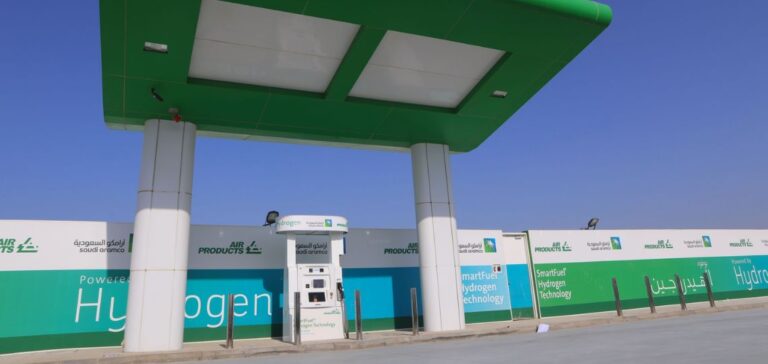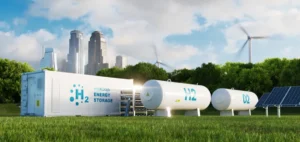Saudi Arabia aims to become a global supplier of renewable, low-carbon hydrogen.
Multiple advantages
Saudi Arabia wants to configure renewable hydrogen production standards. The objective is to meet the market requirements in Europe and the Asia-Pacific region. The head of hydrogen at the Saudi Ministry of Energy, believes thathydrogen will be a key component of the future energy mix.
He also states that Saudi Arabia would produce 4 million tons of “clean” hydrogen per year by 2030. However, this amount may be subject to change if demand increases. Furthermore, the country does not differentiate between renewable and “blue” hydrogen, preferring to focus on carbon intensity.
A transition phase
Saudi Arabia believes that it is not realistic to switch from fossil fuel-derived hydrogen to electrolytic production without delay. Especially if renewable energies are used to power this production. Blue hydrogen, derived from natural gas, is an essential transition due to the scale of the technology.
Saudi Arabia plans to produce 650 tons per day of renewable hydrogen in its Neom project starting in 2026. In addition, the Neom project will integrate 4GW of wind and solar power. Finally, Air Products is developing a hydrogen plant in Jubail using natural gas.
A regulation
Regulation is needed to spur the adoption of clean hydrogen for chemicals and hydrogen, according to Saudi Aramco. The company is focusing on exports, targeting 11 million tons per year of low-carbon hydrogen by 2030. In addition, the first use cases would be the existing refining and fertilizer production markets.
Ammonia is a ready end market and transportation mode for hydrogen. Pipelines would be the cheapest supply solution in the medium term. In the long term, green products such as steel produced from renewable hydrogen could become the key end market.






















